Historical Figures With Connections to Sakai
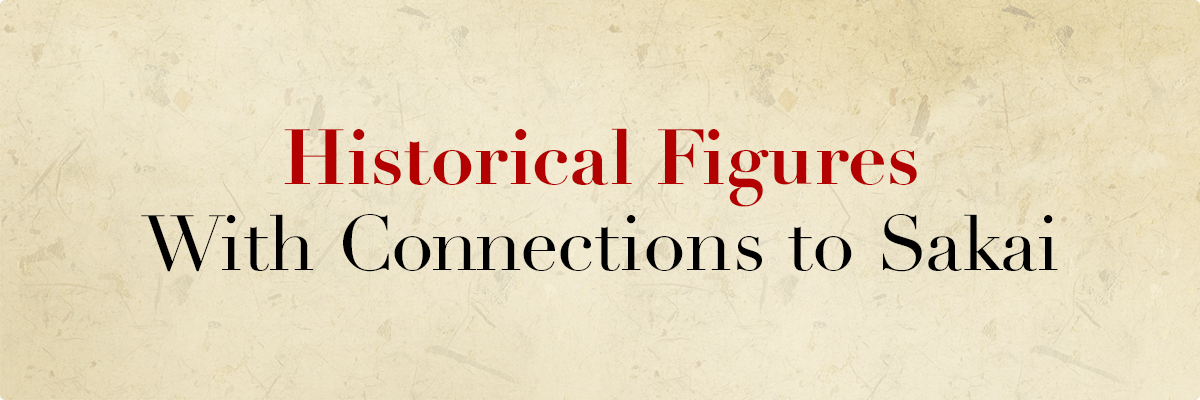
Sen no Rikyu
The Tea Master who Brought Prominence to Tea Ceremony
Tea Master Sen no Rikyu
1552 - 1591
Sen on Rikyu was born to a rich family in the business of wholesaling fish. He was interested in tea ceremony from a young age, and learned from the masters of the time such as Joo Takeno. Their teachings did not follow the ceremonial, elegance-focused style up until that point, but rather the "wabicha" more in line with Zen teachings. A humble stance that removes all possible waste, it seeks to provide mental discipline through drinking of tea. As successor to this style, Rikyu brought tea ceremony to prominence while serving as the tea master for those in authority at the time. His great deeds eventually earned him the title of "the great tea master." After his death, the three tea ceremony schools started by his descendants with Rikyu as their founder have continued to pass down his teachings to future generations.
{{ // BLOCK END }}
Sakai Plaza of Rikyu and Akiko
A tourism facility that allows the history and culture of Sakai to be learned about and experienced. It includes the "Sen no Rikyu Tea Ceremony Hall" museum, where you can learn about the life of Rikyu, as well as the Sakai Taian. This is a recreation of the Taian (a national treasure), the only remaining tea room that Rikyu himself created, and allows visitors to go inside.
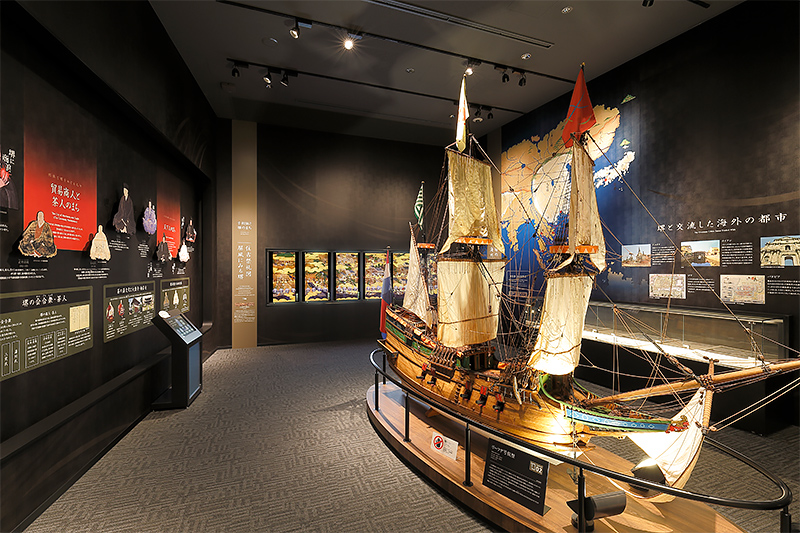
{{ // BLOCK END }}
Site of Sen no Rikyu's House
The site of Sen no Rikyu's house is located adjacent to the Sakai Plaza of Rikyu and Akiko. While the building itself is no longer standing, the old "camellia well" into which Rikyu sunk camellia ashes and loved using to make tea still remains.
{{ // BLOCK END }}
Sakai Tea Room Shinan
A tea room attached to the Sakai City Museum. It was created by one of the greatest of modern tea room architects, Rodo Ogi, in 1929, and later moved here from Tokyo. A style involving sitting in a chair, it allows you to casually enjoy tea and confections. The confections are even embossed with a seal that Rikyu loved.
{{ // BLOCK END }}
Akiko Yosano
A passionate poet who espoused the freedom and independence of women.
Akiko Yosano
1878 - 1942
Akiko Yosano was born to a family of confectionery sellers in Sakai. Her husband was the poet Tekkan Yosano. At age 22 she released the collection of poems "Midaregami" ("Tangled Hair"). At a time when talking about the female ego and sex was still taboo, she wrote freely and sensually about her love with Tekkan, causing a wild sensation. She became known as the "passionate poet", and was active not only in poetry but also study of the classics and criticism. Working with volunteers, she also founded the first educational organization in Japan for both men and women, working proactively to improve the standing of women in society.
{{ // BLOCK END }}
Sakai Plaza of Rikyu and Akiko
A tourism facility that allows the history and culture of Sakai to be learned about and experienced. The Akiko Yosano Memorial Hall is also located here, where you can comes into contact with the works and life of poet Akiko Yosano.
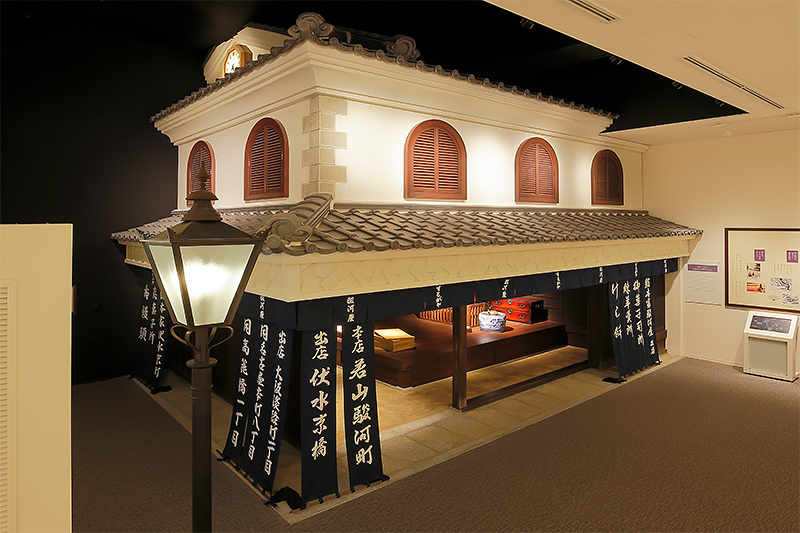
{{ // BLOCK END }}
Remains of Akiko Yosano's House
The remains of the family home of Akiko Yosano, who were wealthy confectionery sellers. There is a stone here bearing a poem written by Akiko about her home, "Missing the sea, the sound of the waves I counted as I child, the house of my parents."
{{ // BLOCK END }}
Kunshudo
A long-standing senko (incense sticks) store founded in 1887. The store itself was built at the end of the 19th century and retrains a lot of the character of the period, showing off the a traditional home of a Sakai merchant. When a TV show was made dramatizing the life of Akiko Yosano, this house was used as the location for her family home in Sakai, a Japanese confectionery store named Surugaya.
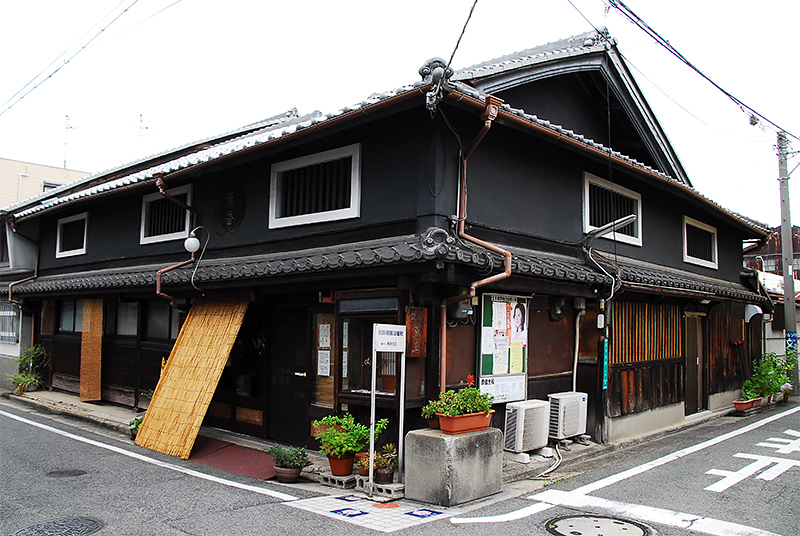
{{ // BLOCK END }}
Gyoki
A monk who dedicated his life to missionary and social works.
Gyoki the Monk
668 - 749
Gyoki left home at the age of 15. Based on the principle of "helping as many of the people as possible," he dedicated his life to missionary and social works. Along with establishing 49 temples he was also involved in other civil engineering works, including creating bridges and roads, and the construction of facilities to provide lodgings and food for the poor. He even contributed to the construction of the great Buddha statue at Todai-ji, the famous temple representative of Nara, and was a Buddhist priest of the highest possible order.
{{ // BLOCK END }}
Ebara-ji
A temple that Gyoki built himself in the place of his birth. It is dedicated to Monju Bosatsu (Manjusri), who stands for great wisdom, and so around entry exam season the walls and pillars of the main temple become buried in offered up handkerchiefs with prayers to pass the exams written on them.
{{ // BLOCK END }}
Aguchi Shrine
A historic shrine that protects the oceans of Sakai. The grounds include a temple founded by Gyoki, and the nickname "Otera" is still used by locals to this day.
{{ // BLOCK END }}
Ekai Kawaguchi
A monk who explored Tibet in search of original Buddhist teachings
Monk, Buddhist scholar and explorer
Ekai Kawaguchi
1866 - 1945
Having left home in his 20s, he started to feel doubts about the translated Buddhist texts, and decided to obtain original Sanskrit versions and Tibetan translations. When he was 33 he succeeded in becoming the first Japanese person to ever gain entry to the then sealed-off country of Tibet, gaining access by crossing the Himalayas, and there he amassed a vast collection of holy texts and materials. He returned to Tibet again after that, and dedicated his life to spreading Buddhism. The book "Three Years in Tibet," which collates his experiences during his first trip, has been well received not only for its academic value but also as the story of an explorer.
{{ // BLOCK END }}
Sakai Municipal Machiya Historical Museum Seigakuin
A temple for training monks, in modern times it was opened to the public as a private education facility intended to teach local children to read and write, and Ekai Kawaguchi - who was born nearby - was also taught here. Inside you can find exhibits of the desks, stationary, textbooks, and other materials used at the time. It is a nationally registered Important Cultural Asset.
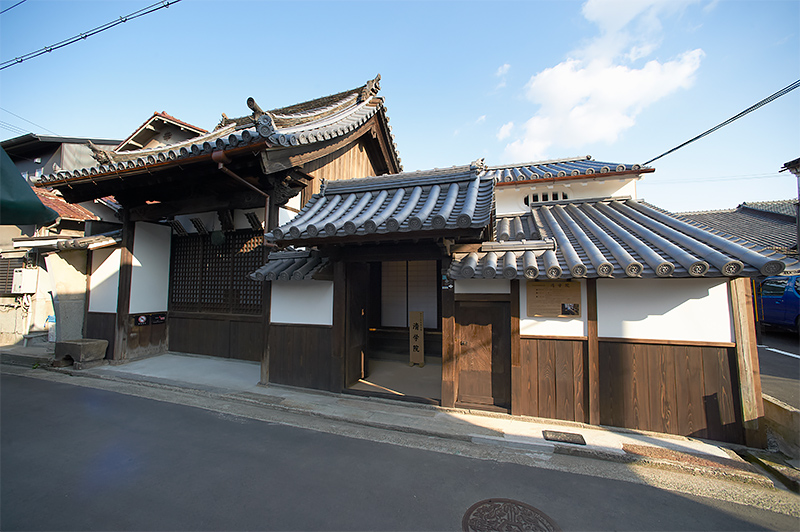
{{ // BLOCK END }}
Sankichi Sakata
A legendary Shogi player who's mental fortitude forged an era
Shogi player
Sankichi Sakata
1870 - 1946
Born in the west part of Sakai. Raised in a poor home, he honed his Shogi skills on his own while helping with the family business, and eventually turned professional. Showing an indomitable spirit in the world of Shogi, centered in Tokyo, his free match style unconstrained by conventional thinking made him incredibly strong. His matches with rival Kinjiro Sekine are especially famous.
{{ // BLOCK END }}
Henomatsu Jinken Rekishikan
Contains the "Sankichi Sakata Memorial Room," featuring a collection of objects, photos, and other materials connected to Sankichi Sakata.
{{ // BLOCK END }}